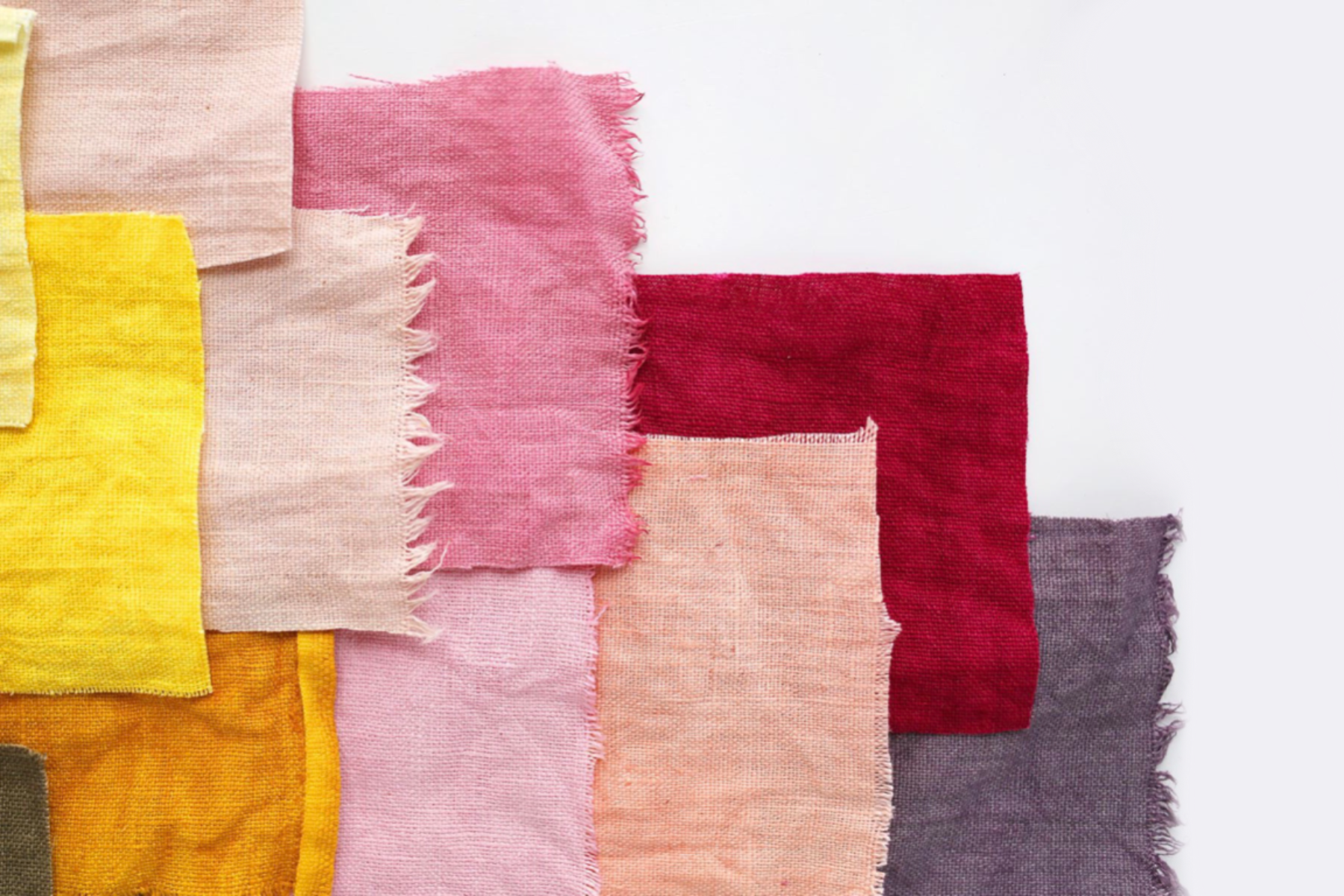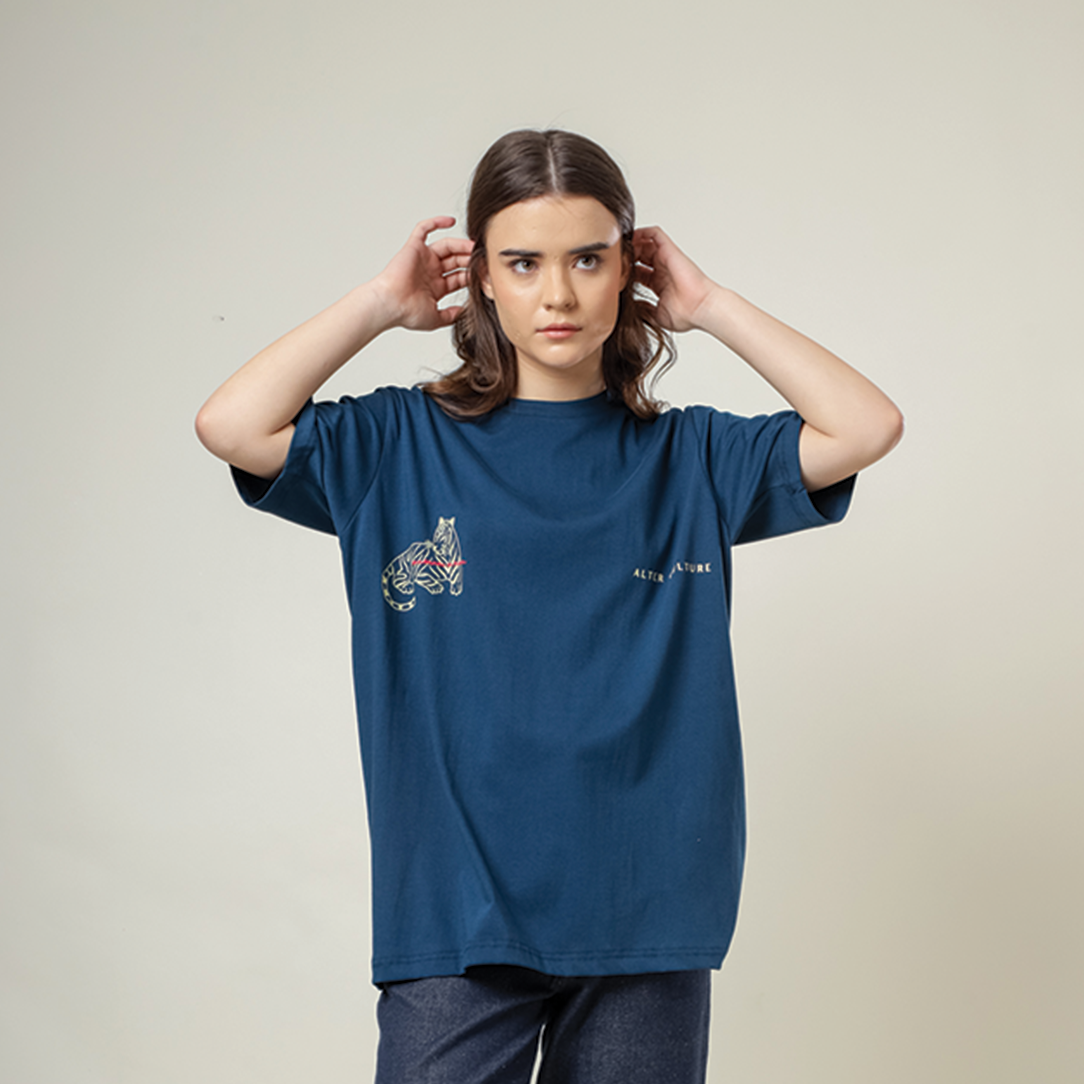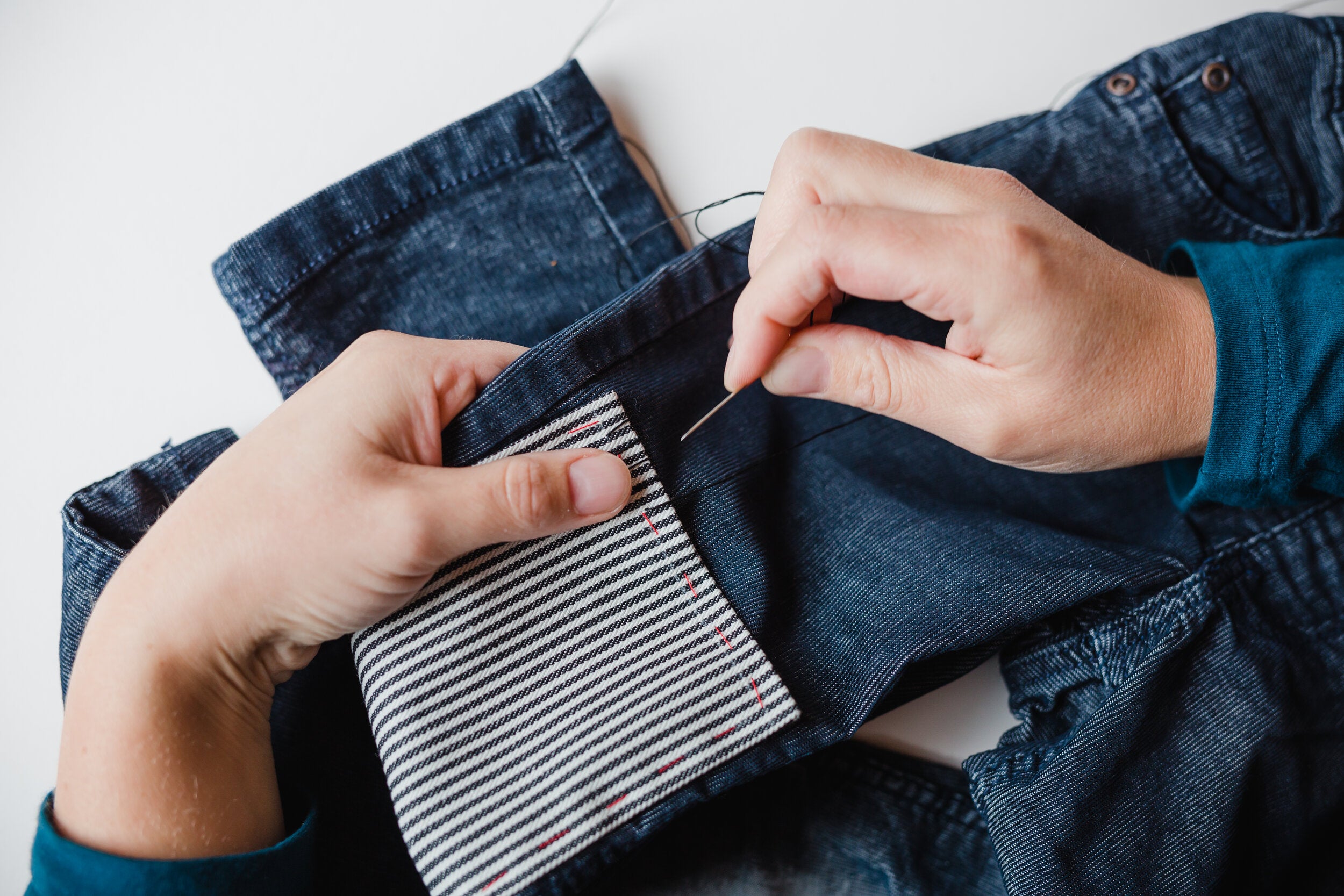
Understanding Sustainable Fabrics And Materials
Sustainability has been a buzzword in the fashion industry for quite some time now, and it's not just a passing trend. The fashion industry is one of the largest contributors to pollution and environmental degradation. However, there are steps being taken to change this, and one of the most significant changes is the shift towards sustainable fabrics and materials.
In recent years, there has been an increasing demand for sustainable fabrics and materials in the fashion industry. As consumers become more environmentally conscious, they are looking for options that are both fashionable and eco-friendly.
What Are Sustainable Fabrics And Materials?
Most sustainable fabrics and materials refer to those that are produced in an environmentally and socially responsible manner. They are made from materials that are renewable, recyclable, and biodegradable, making them more environmentally friendly than traditional fabrics.
Why Are Sustainable Fabrics And Materials Important?
The production of traditional textiles has a significant impact on the environment. The use of non-renewable resources, such as oil, and the release of harmful chemicals during production can have long-lasting effects on the environment. Additionally, many workers in the textile industry face poor working conditions and low wages.
Sustainable fabrics and materials offer a solution to these problems. The importance of sustainable fabrics and materials cannot be overstated. Here are a few reasons why:
Reduced Environmental Impact
The fashion industry has a significant impact on the environment, from the resources used to produce clothing to the waste generated from discarded garments. Sustainable fabrics and materials are produced using methods that reduce environmental impact. For example, organic cotton is grown without the use of harmful pesticides and chemicals, reducing water pollution and soil contamination. Similarly, recycled polyester is made from post-consumer plastic waste, reducing the amount of waste sent to landfills.
Improved Working Conditions
Sustainable fabrics for clothing are often produced using fair labor practices. This means that the workers involved in the production process are treated fairly, paid a fair wage, and provided with safe working conditions. This is in contrast to traditional manufacturing processes, which often exploit workers and fail to provide adequate working conditions.
Durability and Longevity
Sustainable fabrics and materials are often more durable than traditional fabrics, meaning they last longer and require less frequent replacement. This reduces waste and the need to consume new resources for production. For example, hemp is a highly durable material that can last for years, making it an excellent choice for sustainable fashion.
Reduced Carbon Footprint
Sustainable fabrics and materials have a lower carbon footprint than traditional fabrics. This is because they are often produced using renewable energy sources and require fewer resources to produce. For example, bamboo is a highly renewable resource that grows quickly and requires less water than cotton. This means that bamboo fabric has a lower carbon footprint than cotton fabric.
Popular examples of sustainable fabrics and materials
Organic Cotton
Conventional cotton is one of the most water-intensive and pesticide-laden crops globally. In contrast, organic cotton is grown using methods and materials that have a lower impact on the environment. Organic cotton is grown without harmful chemicals, and the land is fertilized naturally. It is an excellent alternative to conventional cotton.
Hemp
Hemp is a fast-growing plant that requires minimal water and no pesticides to grow. It is naturally resistant to pests and disease, making it a low-maintenance crop. Hemp fibers are durable, strong, and have anti-bacterial properties, making them ideal for clothing and other fashion items.
Recycled Polyester
Recycled polyester is a sustainable fabric made from post-consumer waste. It is created by melting down used plastic bottles and turning them into polyester fibers. It takes less energy to produce recycled polyester than virgin polyester, making it an eco-friendlier option.
Explore collection made by Doodlage in hand-woven recycled cotton and polyester.
Tencel/Lyocell
Tencel/Lyocell is a type of sustainable fabric made from wood pulp. It is created using a closed-loop process that recycles water and solvents, reducing waste and pollution. Tencel/Lyocell is soft, breathable, and moisture-wicking, making it an excellent option for activewear and other clothing items.
Linen
Linen is a natural fiber made from the flax plant. It is a highly sustainable crop, requiring little water and no pesticides to grow. Linen fibers are strong and durable, making them an excellent choice for clothing items. Linen is also biodegradable, making it an eco-friendly option.
Cork
Cork is a sustainable and eco-friendly material made from the bark of the cork oak tree. It is a renewable resource that can be harvested without harming the tree. Cork is lightweight, durable, and water-resistant, making it an ideal material for accessories like handbags, wallets, and shoes.
The Bottom Line
Most sustainable fabrics and materials are becoming increasingly important in the fashion industry as consumers demand more environmentally friendly options. By using renewable resources, reducing waste, and promoting ethical practices, we can create products that are both fashionable and socially responsible.
The importance of sustainable fabrics and materials cannot be overstated. The fashion industry has a significant impact on the environment and workers involved in the production process. By shifting towards sustainable fabrics and materials, we can reduce this impact and create a more environmentally and socially responsible fashion industry.
As consumers, we can also make a difference by choosing to support brands like Doodlage that prioritize sustainability and by making more conscious choices about the clothing we purchase.




Leave a comment
This site is protected by hCaptcha and the hCaptcha Privacy Policy and Terms of Service apply.